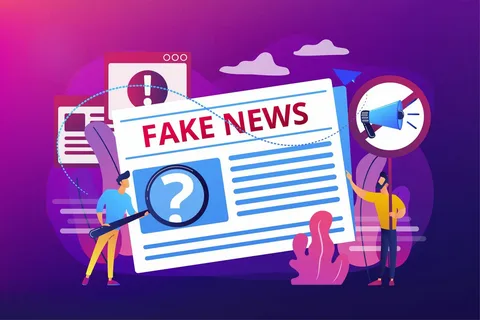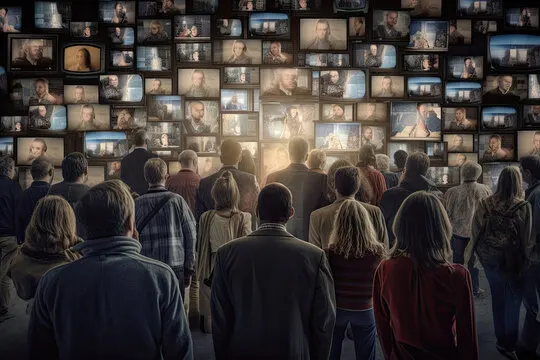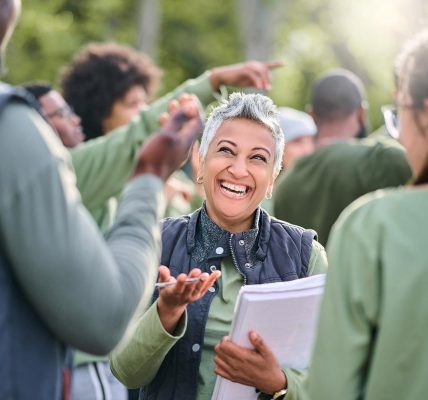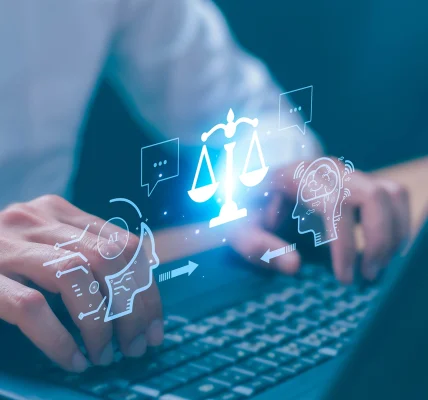Introduction: Disinformation in a Hyperconnected World
We live in an age where information flows faster than ever before. Yet paradoxically, access to more data doesn’t always mean access to the truth. Disinformation—false information spread deliberately to mislead—is one of the greatest challenges facing modern society. From deepfake videos and AI-generated news to manipulated statistics and viral social media posts, our digital environment is saturated with noise.
As disinformation evolves, our best defense isn’t more censorship or algorithmic oversight—it’s a return to a timeless human skill: critical thinking. At Apache Plaza, we believe the path forward involves cultivating a culture where people ask the right questions, evaluate sources critically, and navigate digital spaces with skepticism and intelligence.
The Rise and Cost of Digital Disinformation
Disinformation is no longer a fringe issue—it influences elections, undermines public health, and erodes social trust.
Key Impacts of Disinformation:
- Public Confusion: Misinformation about health, politics, and science spreads more rapidly than corrections.
- Polarization: Echo chambers reinforce ideological divisions and weaken civil discourse.
- Manipulated Behaviors: Fake news can incite panic, alter consumer decisions, or even cause violence.
- Erosion of Trust: People become skeptical of legitimate journalism and institutions.
According to the Pew Research Center, over 64% of Americans say disinformation has made it harder to be well-informed.
In such an environment, cultivating critical thinking is not optional—it’s essential.

What Is Critical Thinking in the Digital Context?
At its core, critical thinking involves the ability to analyze, interpret, evaluate, and form reasoned judgments. In the digital age, this extends to evaluating digital content and sources for credibility, bias, and intent.
Essential Components:
- Media Literacy: Understanding how digital media shapes perceptions.
- Logical Reasoning: Forming sound conclusions using valid evidence.
- Bias Awareness: Recognizing cognitive and cultural biases.
- Source Validation: Checking credibility and motivations behind content.
- Analytical Agility: Moving beyond first impressions and viral trends.
These aren’t innate abilities—they must be learned, practiced, and applied consistently.
Table: Core Skills for Critical Digital Thinking
| Skill | Description |
| Media Literacy | Ability to consume and critique content across digital platforms |
| Source Verification | Evaluating the origin, credibility, and purpose of information |
| Logical Evaluation | Analyzing arguments for logical fallacies and manipulation |
| Recognizing Bias | Identifying both personal and institutional biases in narratives |
| Ethical Reasoning | Understanding the moral implications of sharing or acting on false information |
Practical Techniques to Develop Critical Thinking
Here are actionable ways individuals can build stronger digital literacy and reasoning skills:
1. Apply the SIFT Method
A reliable framework for evaluating digital content:
- Stop
- Investigate the source
- Find better coverage
- Trace claims to the original context
2. Engage in Lateral Reading
Instead of reading one article in isolation, open multiple sources to compare facts, tone, and conclusions.
3. Use Fact-Checking Tools
Verify claims using trusted platforms:
- Snopes
- FactCheck.org
- Media Bias/Fact Check
4. Ask Key Questions
- Who created this content?
- What is their intention?
- What’s missing from the story?
- Can I find this information elsewhere?
The AI Factor: Truth vs. Generated Reality
AI has dramatically expanded the scope of disinformation.
AI Tools Can:
- Create Deepfakes: Fabricated video/audio impersonating real people
- Auto-Generate News: Fake articles that mimic journalistic style
- Imitate Experts: Bots posing as authoritative voices on forums
- Amplify Falsehoods: Coordinated bot armies spreading misinformation
AI literacy is now a core part of critical thinking. If a video seems unnatural or a claim is too convenient—question it.
The Role of Education in Building Resilience
The foundation of digital critical thinking must be laid early and strengthened continuously.
In Schools:
- Embed media literacy in all subjects
- Promote open-ended inquiry and dialogue
- Teach students how to spot misleading tactics and logical fallacies
In Higher Education:
- Encourage interdisciplinary thinking
- Host workshops on digital ethics and source analysis
- Evaluate the use of AI tools in student research and content
Educators must help students become independent evaluators rather than passive receivers of information.
Institutions, Platforms & Their Responsibilities
While individual responsibility is crucial, broader structural accountability cannot be ignored.
Platforms Should:
- Provide context labels on questionable content
- Demote clickbait and proven falsehoods
- Improve transparency around algorithmic decision-making
Governments Should:
- Fund public education initiatives on media literacy
- Enforce standards for political and health-related advertising
- Collaborate with tech companies to combat large-scale disinformation campaigns
We must demand ethical innovation from tech giants while empowering users to think independently.
Everyday Habits to Strengthen Critical Thinking
Making critical thinking a daily habit ensures long-term resilience.
Try These Habits:
- Pause before sharing content—verify first
- Challenge your own beliefs regularly
- Diversify your information sources
- Discuss with others who hold different views
- Reflect: Why do I believe this? What evidence supports it?
Small changes in digital behavior can have a massive societal impact.

Rebuilding Public Trust Through Thoughtful Engagement
In a world where everyone is a publisher and consumer, cultivating critical thinking is an act of civic engagement.
Communities Can:
- Launch local media literacy programs
- Organize forums that model respectful dialogue
- Celebrate evidence-based decision-making
Employers Can:
- Promote truthfulness in internal communications
- Train staff on content verification and source evaluation
- Encourage thought leadership grounded in integrity
Frequently Asked Questions (FAQs)
- What is disinformation, and how is it different from misinformation?
Disinformation is false content shared with intent to deceive. Misinformation is inaccurate but shared unknowingly. - How do I check if a news article is real?
Use fact-checking websites, investigate the source, and cross-reference with trusted media outlets. - What are some examples of logical fallacies to watch for?
Look out for straw man arguments, ad hominem attacks, false dilemmas, and appeals to emotion. - How can schools improve students’ media literacy?
By incorporating critical thinking, debate, and analysis of digital content into their curriculum. - Can critical thinking really fight disinformation?
Yes. While we can’t control content production, we can control how we interpret and act on it.
Conclusion: Empowering Minds in the Information Age
The battle against disinformation isn’t won by censorship or fear—it’s won by empowered minds that question, investigate, and reflect.
As we navigate an increasingly complex digital world, cultivating critical thinking is no longer just an educational goal—it’s a democratic necessity, a social responsibility, and a cultural value. Whether in classrooms, offices, homes, or communities, the habit of thoughtful evaluation is the antidote to deception.
At Apache Plaza, we encourage every reader to become not just a consumer of content, but a conscious evaluator of it. Together, we can rise beyond disinformation—and build a future shaped by reason, truth, and informed action.




